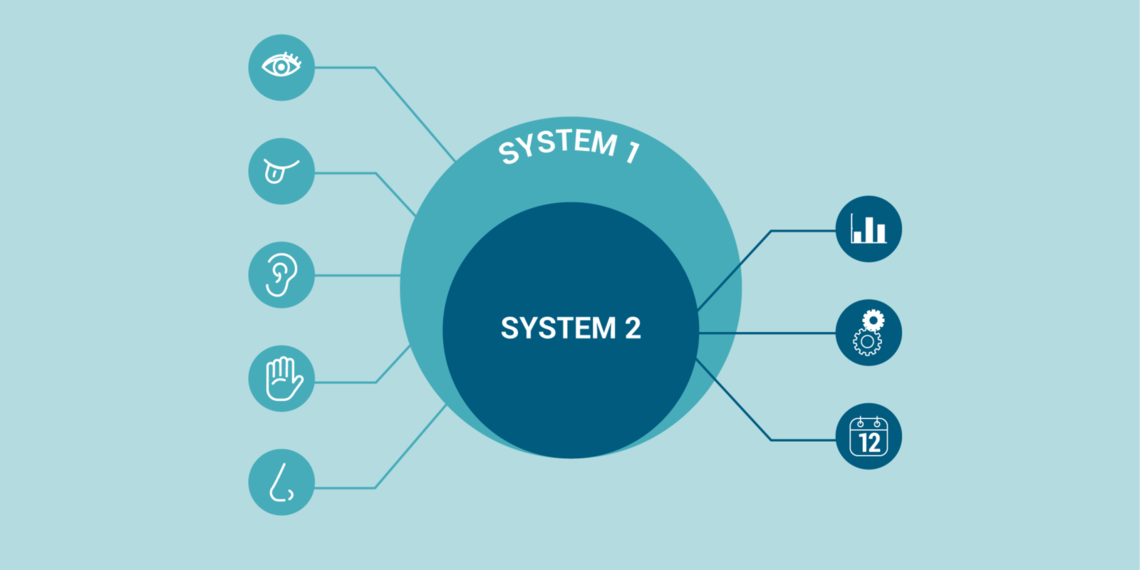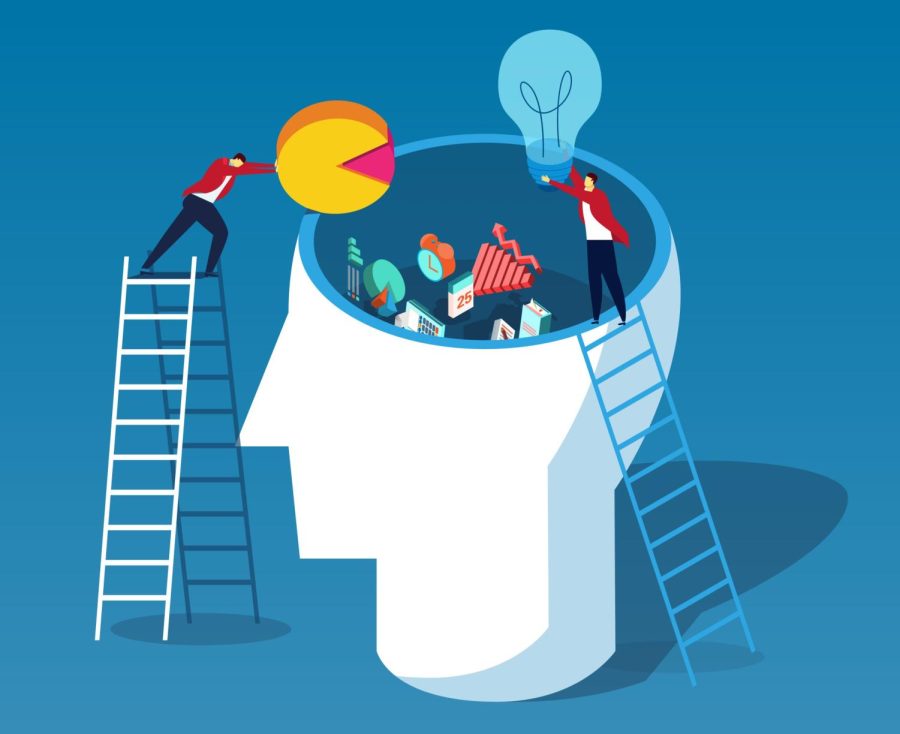What Are Memories?
How do memories work? How are they stored and retrieved at a moment’s notice?
February 16, 2022
The exhilaration of finally winning the arduous chess game. The soft glistening snow and the flickering fireplace in the distance. Board games with colorful pieces and laughter soaring through the air.
These are all memories, we all have them. How exactly does the brain store these moments? The emotions, the vivacity in the colors, the exact words said by the person right next to you. Why are people able to bring seemingly random pieces of life, and study them in the mind’s eye, possibly even years later?
 Dr. Michael Fanselow, a professor of behavioral neuroscience at UCLA states that memories are made by a collection of neurons and the connections or synapses between them. Okay woah, what is a neuron in the brain? Plus even though I’ve heard the word synapses thrown around before, I’m going to admit I have no idea what it means. Let’s break it down. Neurons in the brain as the NINDS (National Institute of Neurological Disorders and Stroke) puts it are Information Messengers made up of a cell body, axon, and dendrite (see picture above). By using electrical impulses and chemical signals they send information to different parts of the brain. Okay, what types of information? There are three types of neurons. Sensory Neurons collect information from the senses (smell, sight, touch, etc). Motor Neurons are about voluntary muscle ability (moving hands, bending knees, etc). Every other neuron is an Interneuron that helps standardize activity in between these neurons (a sort of middle man).
Dr. Michael Fanselow, a professor of behavioral neuroscience at UCLA states that memories are made by a collection of neurons and the connections or synapses between them. Okay woah, what is a neuron in the brain? Plus even though I’ve heard the word synapses thrown around before, I’m going to admit I have no idea what it means. Let’s break it down. Neurons in the brain as the NINDS (National Institute of Neurological Disorders and Stroke) puts it are Information Messengers made up of a cell body, axon, and dendrite (see picture above). By using electrical impulses and chemical signals they send information to different parts of the brain. Okay, what types of information? There are three types of neurons. Sensory Neurons collect information from the senses (smell, sight, touch, etc). Motor Neurons are about voluntary muscle ability (moving hands, bending knees, etc). Every other neuron is an Interneuron that helps standardize activity in between these neurons (a sort of middle man).
If those are neurons, what are synapses? Neurons by themselves are pretty cool and all, but let’s just say that they are a bit socially awkward when it comes to communicating with one another. Michigan State University defines synapses as the connections between two neurons enabling them to work together. There are two types of synapses, electrical and chemical which perform and process different information in the brain.

If memories are a collection of neurons and their connections with synapses, how do they work? How do you take a memory from one moment in time and use that memory for an action at another point in time? Memory and action come from two systems, or as Harvard University calls it a “dual process.” Popularized by Nobel Laureate Daniel Kahneman’s book Thinking Fast and Slow, System 1 is about the unconscious mind. The things in life that come without active intention. Think about driving, knowing how far objects are in comparison to each other, and other intuitive actions. System 2 on the other hand is all about active thinking. Having to find the experience in your brain to figure out problems. Rigorous test questions, making choices and standing by beliefs. These two systems are coupled to create the connection between memory and action.
How do you retrieve that memory in the first place? How does the brain store it? Harvard details three separate processes when it comes to memory. Encoding, retrieval, and storage. Encoding is about the learning process. When the brain understands, experiences, and takes notes on an event from sensory information. For example, let’s say someone finally wins their three-hour game of Uno. The brain processes certain information, like the sound of absolute frustration from the friend with two cards left, or the face of the dad still holding fourteen cards. This is visual and auditory encoding. Ultimately the brain cannot process every piece of information, but what specific information the brain processes is what makes the memory. In the end, one may not remember the color of the card that one won with.

Storage is about repetition. Remember System 1? When something has repeated, the connections in the brain strengthen. If a skill or action is not repeated often then the brain sees no point in keeping the information. Let’s say someone plays the piano for twelve years of their life. Constant practice. Then one day the practice dwindles. This person is more likely to proficiently play piano after a couple of years than someone who half-heartedly practiced for five.
Retrieval is the process of accessing information. Harvard describes the process being done mostly with an association in regards to Long Term Memory. Association is a domino effect. One sense leads to another and another which recreates a memory. All retrieval is prone to error, however, and almost no memory can be an exact representation of the event which took place.
Wow, that was a lot of information. The brain is so strange. A lot of questions about memories remain unanswered, but hopefully, this provided a little more insight into how they function. Any more questions about the brain you want to be answered? Ask us in the comments below!
Sources:
Brain Basics: The Life and Death of a Neuron | National Institute of Neurological Disorders and Stroke. (2022). Retrieved 13 February 2022, from https://www.ninds.nih.gov/Disorders/Patient-Caregiver-Education/Life-and-Death-Neuron
Henley, C. (2021). Synapse Structure. Michigan State University Libraries. Retrieved from https://openbooks.lib.msu.edu/neuroscience/chapter/synapse-structure/
How Memory Works. (2022). Retrieved 13 February 2022, from https://bokcenter.harvard.edu/how-memory-works
New Interneuron. (2020). Retrieved 14 February 2022, from https://hms.harvard.edu/news/new-interneuron
What is Memory? – David Geffen School of Medicine – Los Angeles, CA. (2022). Retrieved 13 February 2022, from https://medschool.ucla.edu/neuroscience/what-is-memory
Images:
(2022). Retrieved 14 February 2022, from https://www.dyslexicadvantage.org/wp-content/uploads/2016/11/memory-graphic-our-shutterstock-scaled.jpg
Brain Basics: The Life and Death of a Neuron | National Institute of Neurological Disorders and Stroke. (2022). Retrieved 13 February 2022, from https://www.ninds.nih.gov/Disorders/Patient-Caregiver-Education/Life-and-Death-Neuron
File:UNO Logo.svg – Wikimedia Commons. (2022). Retrieved 14 February 2022, from https://commons.wikimedia.org/wiki/File:UNO_Logo.svg
Piano clipart png – Clipart World. (2022). Retrieved 14 February 2022, from https://clipart.world/piano-clipart/piano-clipart-png/
Spend Time Thinking Slow. (2022). Retrieved 14 February 2022, from https://accelerate.uofuhealth.utah.edu/improvement/kyle-bradford-jones-spend-time-thinking-slow
Disclaimer: Copyright Disclaimer under section 107 of the Copyright Act 1976, allowance is made for “fair use” for purposes such as criticism, comment, news reporting, teaching, scholarship, education and research. Fair use is a use permitted by copyright statute that might otherwise be infringing. Non-profit, educational or personal use tips the balance in favor of fair use.



